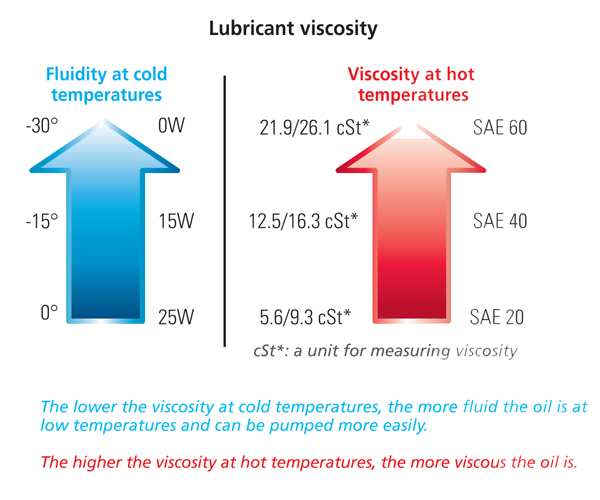

Low viscosity also allows low cooling surface of radiator which reduces manufacturing cost of transformer and supports compact designs. Low heat exchange is compensated by low viscosity which in turn enhances the oil flow speed and gives a better heat dissipation. Such low viscosity optimizes cooling attributes of the transformer in instances where sludge clogs insulated windings and hampers heat exchange. It also resists deformation which occurs due to shear stress or tensile stress. Low viscosity oils allow the transformer apparatus to be smaller in size, use less amount of oil and operate at low temperature. When the viscosity is low the speed of circulation is high and provides higher heat dissipation and encourages heat exchange between the surface of the winding and the oil. Reynauld’s number, an engineering value, is used to evaluate flow profile of the transformer oil. It incorporates, in its calculation, parameters such as pressure, kinematic viscosity, dimensions of the tube, weight, oil speed of the tube and gravity constant. Viscosity is measured through Engler viscometer and is expressed in Engler’s degrees which is time required to flow out 200 milliliters of oil in 50 degree celsius divided by flow out time of water at 20 degree celsius.įlow speed of transformer oil is determined by the frictional resistance formula which is based on laws of Bernoulli and Newton. Viscosity value at a given temperature is measured by mathematical methods such as interpolation and extrapolation.

Its value is directly proportional to the aging of transformer oil. Kinematic viscosity increases when used for longer periods and decreases when the oil is purified. Dynamic viscosity is internal resistance to force and kinematic viscosity is internal resistance to flow. The density of transformer oil which in turn is affected by its chemical composition, influences kinematic viscosity and ratio of dynamic viscosity of the oil. While the upper limit of transformer oil viscosity is 12 mm2/sec at 40 degrees celsius, transformer oils meet the flash point requirement even in low viscosity such as 7 to 8 mm2/sec at 40 degrees celsius.įactors that affect transformer oil viscosity Paraffin based transformer oils which are used in high temperatures have a viscosity index of 100.
#DEFINITION OF VISCOSITY IN OIL AND GAS FREE#
Naphthenic based transformer oil which is wax free and used for low temperature operations have low viscosity index at 85 to 95 SUS at 210 degree F. Viscosity differs for the oil chosen for low temperature operations and high temperature operations. Viscosity of naphthenic and paraffin based transformer oils It is inevitable to monitor viscosity lest the transformer machinery would fail to protect components when crossing the recommended range. Viscosity is thus an important parameter while choosing the right transformer oil with required dielectric and coolant attributes. Transformer oil viscosity refers to the oil’s resistance to flow and influences the oil’s heat transfer while flowing in small and large transformers.


 0 kommentar(er)
0 kommentar(er)
